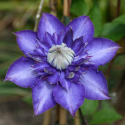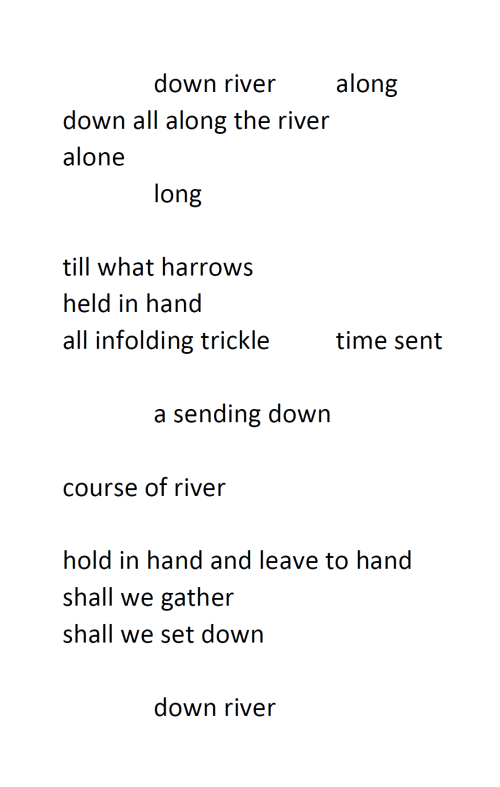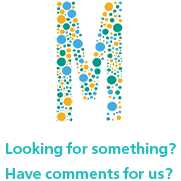When I thought about my visioning from this course, I had returned to the idea of hearing into speech – a kind of recognition of experience through language – and its reverberating into poetry. I initially aimed to write a poem that more immediately or explicitly expressed my encompassing reflections on our course but as I worked on my piece, I found that the version of this poem that felt most true to me was also the most sparse. So, I am letting this language hold its own cup for our movement chaplaincy experience– but I’d like to share a few of the ways that these words bring my learning with them.
- The tradition of the Southern Freedom Movement and Black gospel songs were key lines of thought for me in writing this poem, both through what I’ve learned in this course and through their indirect influence on my own evangelical upbringing
- river : thinking of the movement context with its currents and its vessels and struggles, our river with no banks or perhaps surface, full of tethers and homes and rafts and mud and drownings sometimes, moving through years and years of work
- alone : thinking of the solitude of movement chaplaincy and the sense of accompaniment as being alongside but not a part of a movement, which is both experienced as real and moves toward a unification at the end of the poem
- long / time sent / course : thinking of legacy and the history of work that movement chaplaincy engages with, and accompaniment through time where we are in a sense accompanied by our predecessors and teachers
- harrows : evoking furrow, hallow, fallow for me – the toil, sanctity, promise of movement work – all embedded in real grief and injustice
- hand : here I am heavily indebted to Resmaa Menakem’s writings on embodiment
- infolding trickle : drawing a parallel between the river as movement context and to what is held within us, our own passions and dreams and experiences and traumas and beliefs which unfold to make up our movements
- In the last stanza, I am thinking about which parts of our religious traditions we may decide to bring with us in our work, as well as the way we may initiate integration in both a communal and emotional sense. There is also the turn from contemplating the river in the beginning of the poem to an open invitation to together ‘[g]et down’ to work or ‘set down’ the work to rest
- The circularity of the poem was important for me in bringing forward the life-cycle of movement work, where there is perhaps no endpoint, where continual self-awareness, renewal, and reflection are essential. It also allows this poem to function as a kind of repetitive or meditative space for a reader to move through and process their own experiences
- Finally, the sparseness and stiltedness of the poem itself felt true to my experience in religious spaces – that there is beauty and revelation when I encounter spirituality, but also a sort of frustrated muteness and necessary abandoning of usual patterns to move through it

Mary is a PhD student interested in meeting-places of belief, nonbelief, and personal narrative.


